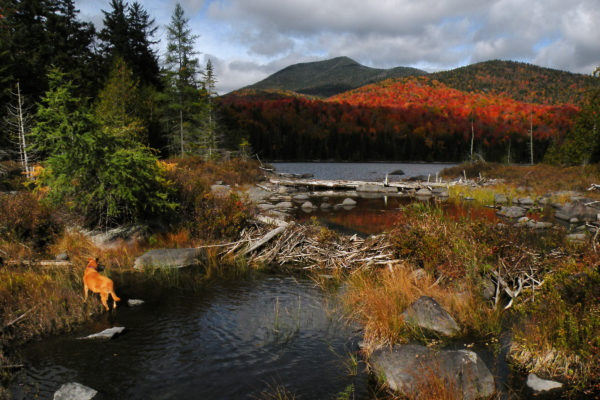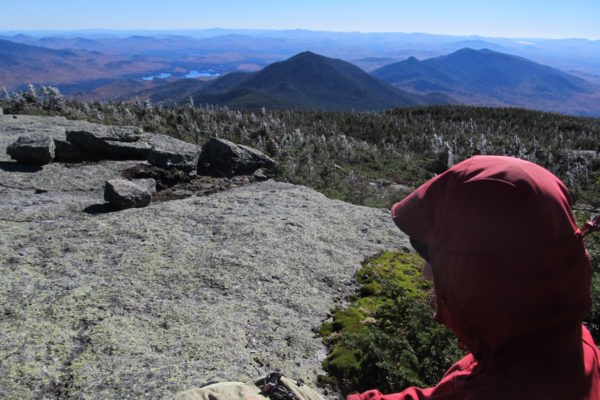My first real wilderness experience in the Adirondacks came in 1969 when a group of us climbed Mt. Marcy on a summer weekend. Back then we saw perhaps one or two other groups on the van Hoevenberg trail and just 3-4 cars in the Heart Lake parking area. The summit of Marcy was a truly wild place where one felt a strong connection with nature.
Contrast that with the use of the High Peaks nearly fifty years later: parking lots at capacity, armed forest rangers, full-time summit stewards required to protect fragile ecosystems, and a constant and seemingly losing battle to keep trails maintained. Overcrowding is a serious issue in the High Peaks area and no easy solution appears on the horizon.
While it has been logged and open to private use for over 150 years, Boreas Ponds has avoided much of the wear and tear that seems to come from easy public access. However, that is changing already even with DEC’s interim management plan, which is a compromise between full wilderness and full “access.”
On a nice Friday in early October I counted 43 visitors, most of them wheeling lightweight boats onto the ponds. From personal observation, these folks were not “elite” athletes. Virtually all of them were of retirement age and of all levels of physical fitness. The 3 ½ mile walk over fairly level terrain was not a significant barrier to these 60 or 70-somethings, even with a canoe or kayak in tow.
My experience in the Adirondacks, starting with that hike in 1969 has shown that we need to take a long view of conservation. What seems like a reasonable path now may yield a very different result in the future. I certainly could not have imagined seeing hundreds of people on the summit of Mt. Marcy back in the early 1970s, but we see that frequently now.
Imagine what a parking lot one mile from Boreas Ponds will look like over July 4th weekend a few years. Imagine how many people will be on this small body of water seeking, but unable to find, a remote experience. If, as some have proposed, we were to open the entire network of roads to motorized use, picture the parking near White Lily pond once hundreds of aspiring Forty-sixers realize they can carve a few miles off the hike to Allen Mountain, or for that matter, Marcy, Gray, Skylight and Haystack.
I urge all us to take a close look at the facts. Overuse is a serious problem in the Adirondacks already. Easy access and overuse go hand-in-hand. Creating a large wilderness buffer between the Boreas Ponds and the civilized world will go a long way to preserve its natural beauty and fragile ecosystems.
The people of NY have long been forward-looking in the movement to preserve wilderness. The Boreas Tract presents perhaps the last major chance in our lifetimes to make such a major contribution to life and well-being of our future generations. Let’s make the most of this opportunity.



